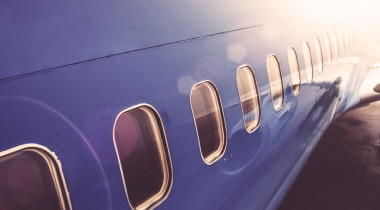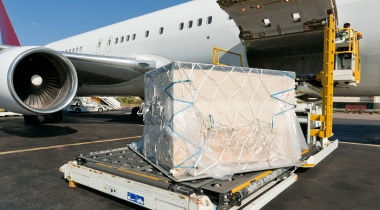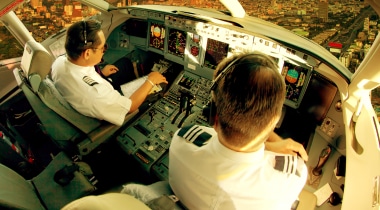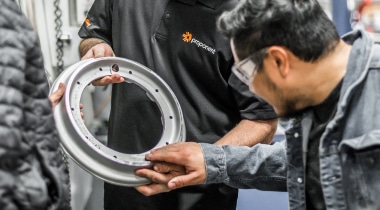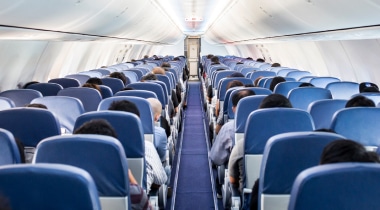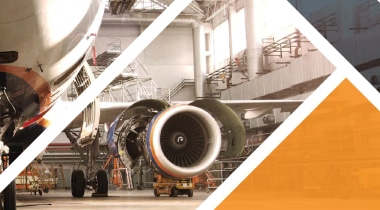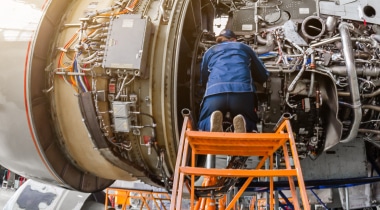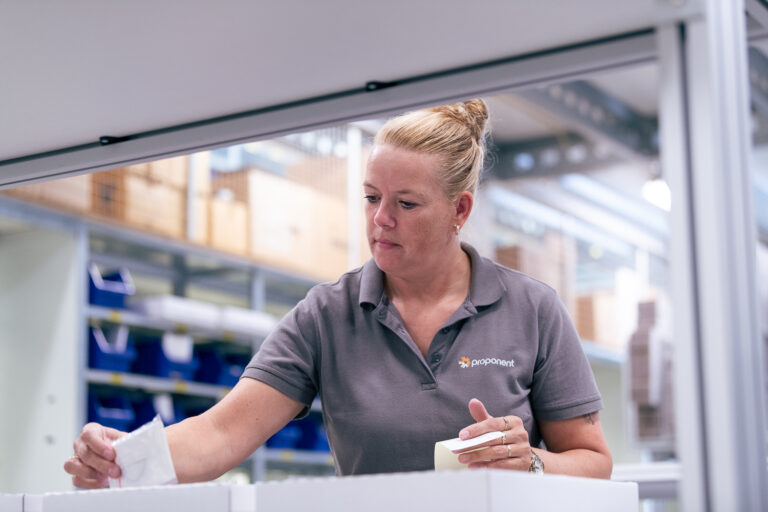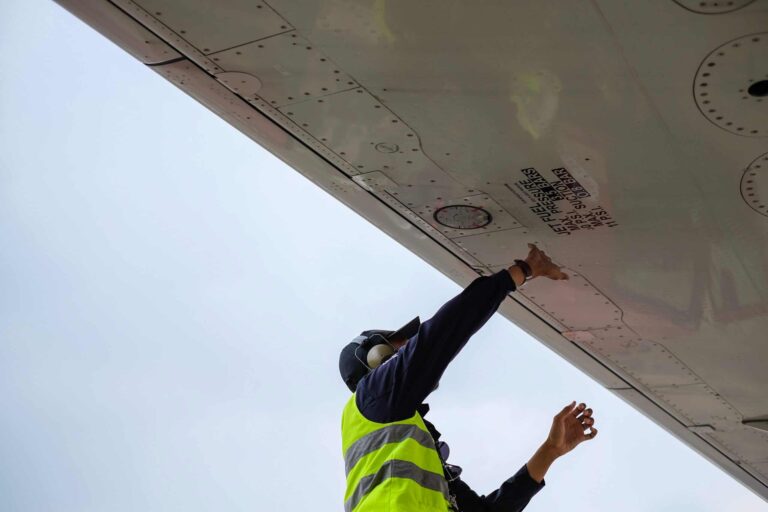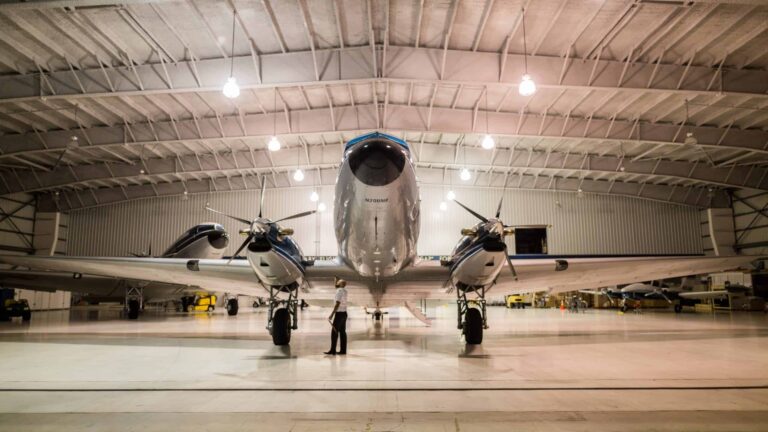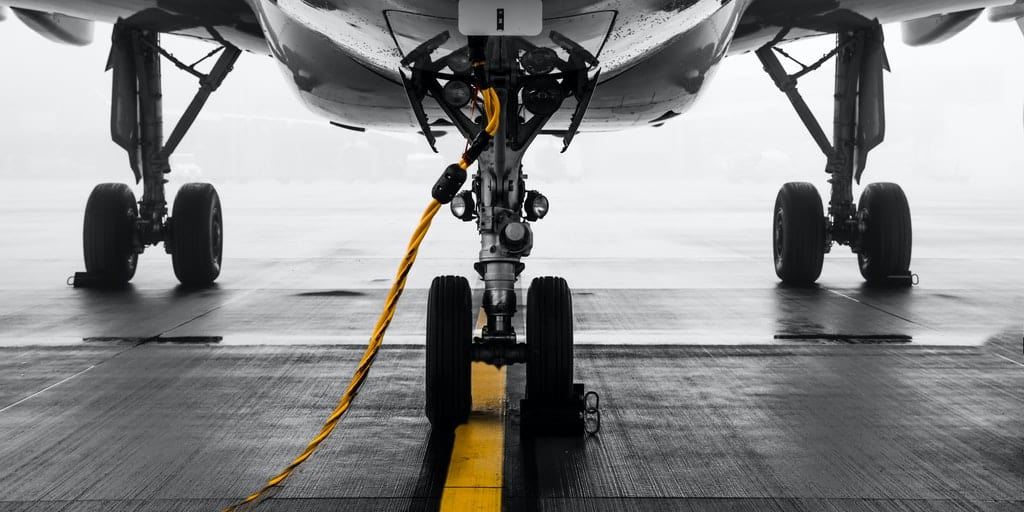
The FAA released an InFO (Information for Operators) notifying operators of temporary changes to the FAA scheduled maintenance requirements due to the COVID-19 pandemic.
Because of the global community shutdowns, the COVID-19 healthcare crisis has significantly reduced all travel, lowering the demand for passenger flights. While less aircraft use can mean less needed aircraft inspections in some areas, like a check done after a certain number of flight hours, some maintenance protocols are unaffected. For example, annual inspections are done every 12 months, regardless of airtime following the previous check. These annual inspections can vary, but almost always include an in-depth borescope inspection on the engine, and other key mechanical parts.
Short-Term Escalations (STEs)
Under normal circumstances, these time-bound maintenance checks can be extended through the application and execution of a short-term escalation (STE) when certain conditions are met. Things like weather conflicts, unscheduled maintenance, contractor scheduling difficulties or part availability can merit an STE, which extends the time before maintenance is required for flight.
With the current landscape of the COVID-19 emergency, more flexibility is being given for operators to request FAA authorization related to STEs. This comes in handy as more aircraft are being stored to preserve their current conditions and are in need of less maintenance due to less use. In some cases, aircraft are being more permanently parked in somewhat remote locations or fleets are being stored in separate locations. This can make accessing the craft for scheduled maintenance more difficult. Not to mention the inconvenience of reaching a plane for maintenance just so it can return to storage.
STE Flexibilities
Previously STEs, in most cases, provided an additional max time of 10%, not to exceed 500 hours of time in service. This max time may be a percent of an existing time interval for a particular task or it may be represented in hours of time service, cycles, or other identifiable increments. Currently, the FAA has applied a multiplier of 3 for the duration of the public health emergency, allowing for eligible applicants to request STEs up to 30%, not to exceed 15000 hours time in service. The FAA has also stated there may be further exceptions beyond this generous maximum time interval limit.
Going further, short term escalations can be executed after the scheduled maintenance is due if the aircraft is in storage or non-operational status. In this case, the escalation interval will be calculated from the time the maintenance became due, and the operator is still responsible for doing everything in their power to meet the maintenance deadlines leading up to the STE. Extending timelines should be a last resort, not a convenient way to pushback maintenance intervals.
STE Flexibility Requirements
To be eligible for the relief from any STE, the operator must provide sufficient analysis and justification of the need for each request to the responsible Flight Standards office. Executed STEs also apply only to the specific aircraft and timeline approved as substantiated by technical data. One STE does not cover other, similar situations.
STE Flexibility Timeline
The temporary policy is meant to provide flexibility for unprecedented times and will run until December 31, 2020, unless otherwise specified by the FAA before that date. All STE requirements and policies not addressed in the InFO are still in effect.
Read the full FAA InFO for eligibility requirements and recommended actions for operators.
